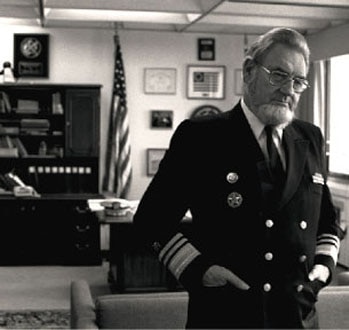1986
HRSA Funds First AIDS Program at $15.3 Million
The AIDS Service Demonstration Grants marked HRSA’s first AIDS-specific health initiative. It made funds available to four of the country’s hardest-hit cities in its first year: New York, San Francisco, Los Angeles, and Miami.
“Those of us working in public health at the time,” says Richard Schulman, “realized that communities didn’t have the resources to respond. With the AIDS Service Demonstration Grants, we were finally able to jump into the fray.” Schulman, retired from the U.S. Public Health Service, and Shelia McCarthy, director of policy and branch chief of the policy branch for the HIV/AIDS Bureau’s Division of Science and Policy, helped launch the new program.
A Community-Based Response
The AIDS Service Demonstration Grants were informed by work going on outside the government. Activists and organizations in San Francisco had developed what became known as the San Francisco Model, a community-based rather than an inpatient approach that was centered on case management. Demonstration program grantees used this model to build their own community-based responses to the epidemic.
HRSA’s AIDS Service Demonstration Grants were also affected by the groundbreaking work of the Robert Wood Johnson Foundation (RWJF). Through its AIDS Health Services Program, RWJF distributed a total of $17.2 million in grants to 11 communities between 1986 and 1990. The goal was to replicate and evaluate the San Francisco Model Nationwide.
“The work that RWJF was doing,” says McCarthy, “helped HRSA grantees shorten the learning curve and use their funds more efficiently.”
Grantees Grow in Number
The number of AIDS Service Demonstration grantees grew significantly over the 5-year period in which the program was funded, from 4 in 1986 to 24 in 1990. The increase in the level of funding, however, grew an insignificant 7 percent.
Yet when the initiative ended with passage of the Ryan White Comprehensive AIDS Resources Emergency (CARE) Act in 1990, the groundwork for Title I (now Part A) had been laid. HRSA had a relationship with what would become the first eight Title I Eligible Metropolitan Areas. And the local response to AIDS in cities across the country was already well under way.
 Health Resources & Services Administration
Health Resources & Services Administration



